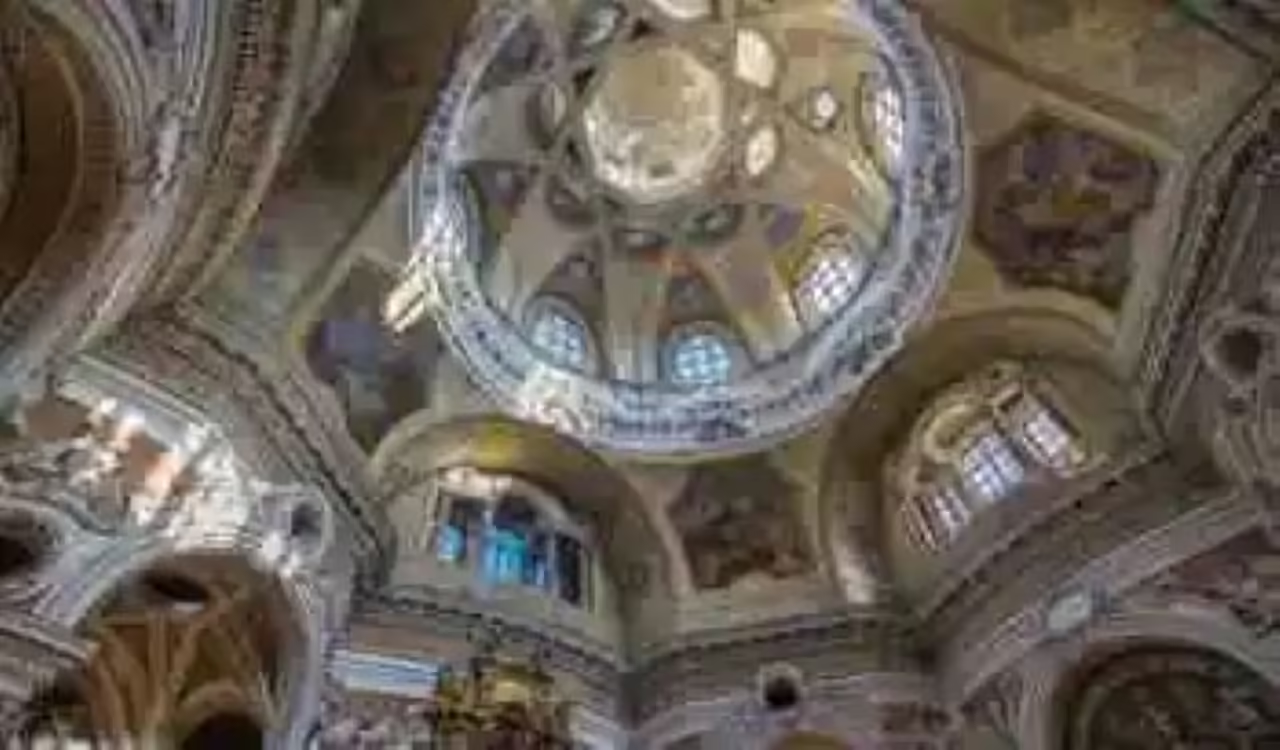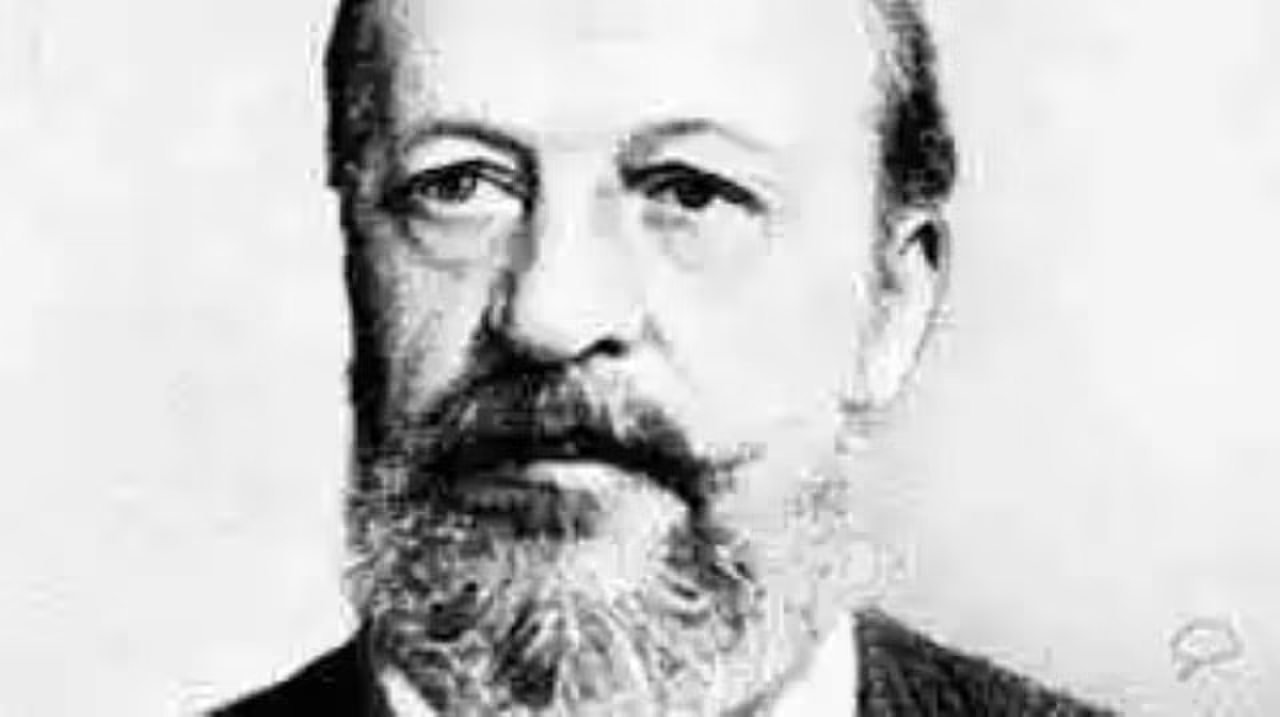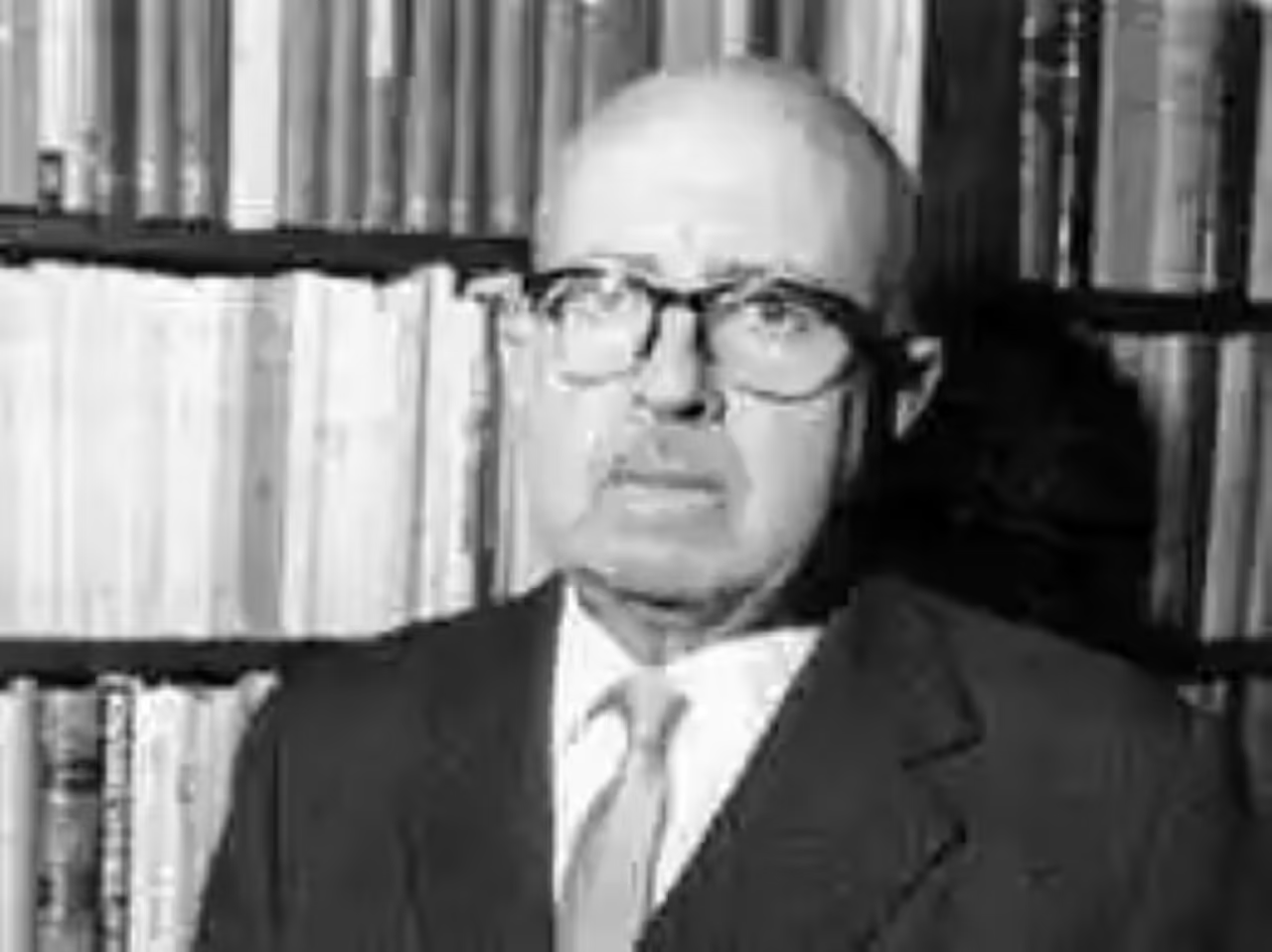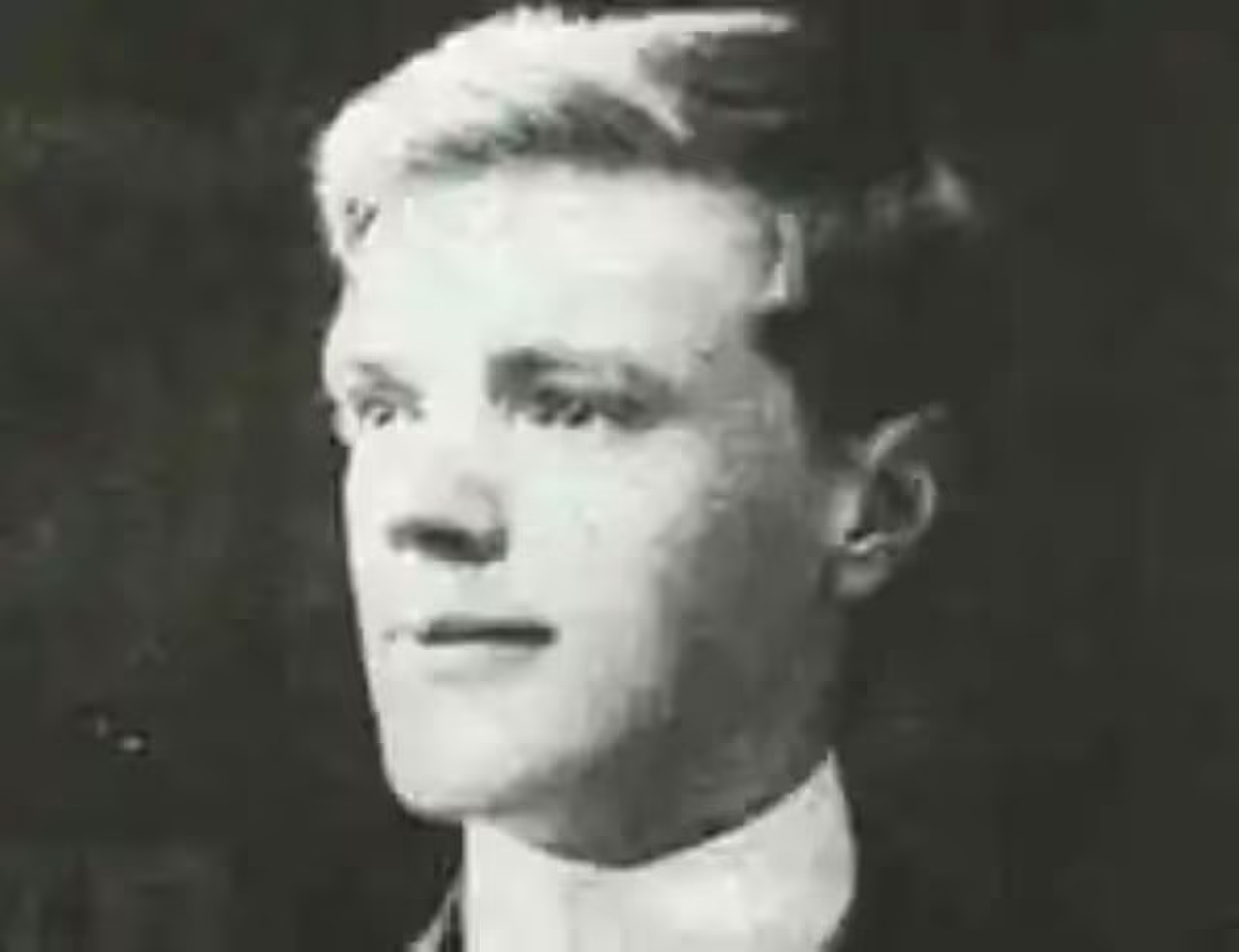The baroque was a cultural period that was developed at the beginning of the 17TH century in Rome, Italy. It is usually placed between the Renaissance and the neoclassical.
It has been considered by many authors as the Art of reformation or European absolutism, but it is also stated that it is a set of tendencies developed at the time, without necessarily being linked to any government or religion. Despite having been, at some point, a pejorative term, the Baroque style is now admired for having produced great works in painting, sculpture, architecture, music and literature.
Origin of the term
The term Baroque was created by critics after the time. It comes from the Portuguese Baroque, which means “pearl of irregular shape” or “false jewel”. For a long time, the term was used in a negative way, to criticize the art of the time as overloaded, irrational and with too many ornaments and emphasis. In 1888, Heinrich Wölfflin again used the term to differentiate the Baroque from the Renaissance, as opposite styles. Only in the NINETEENTH century, the Baroque was revalued by Jacob Burckhardt, Benedetto Croce and Eugenio D’Ors.
The origins
The baroque emerged around the year 1600, as a result of the desire for a new art at the time. Traditionally, it is thought that the Baroque was an inspiration of the canon promulgated in the Council of Trent, in which the Catholic Church, went to the figurative art, demanding that the paintings and sculptures of the churches speak to the illiterate instead of the Educated, and encouraged to end the pagan customs of the artists avoiding the nudity and scandals that were seen so much in the Renaissance era. However, the Baroque emerged a generation later in the 17TH century.
That era was characterized by the great balance between science and reason, and between metaphysics and religion. There were political and economic changes, discoveries and geographical expansion, all while humanity cared about religious experiences.
Characteristics of the Baroque
The baroque was a conscious change of the intellectual style of the Mannerist art to a style more focused on the senses and nature, with a tendency to exaggerate and abundant decoration. A prominent of the time was Caravaggio, who painted nature as he saw it and became the creator of Naturalism, a stream that was followed by many other artists.
In general, in the Baroque, mainly, mythological themes, religious and also the portrait were treated; All of them with the new naturalistic vision in which artists expressed passion, emotion and feelings in general. Later there are other important topics such as landscaping and gender painting, with themes of everyday life.
On many occasions, it has been thought that the Baroque lived with the classicism, like two opposite currents. Nowadays, it is said that classicism was a mainstream of Baroque. It was created by the painters Carracci, who suggested to capture an ideal based on the classical art.
In the works classicists presents a reality embellished by the artists, according to their point of view. The French Poussin and Claudio de Lorraine stand out. Another current of the Baroque was created by the painter of vaults and ceilings, Pietro de Cortona, which was called Cortonismo. It was characterized by giving the open spaces, decorative and illusionist effects. Also noteworthy are B. Gaulli and Andrea del Pozzo. In portrait, he emphasized Rembrandt, considered the master of Style and cultivator of all genres.
Baroque sculpture
As for Baroque sculpture, light, space and time predominated as the three most important elements of Baroque art. The human figures present energy and dynamic movement, occupy the space that surrounds them and achieve a continuity effect. Many angelic figures were used with multiple visions. External elements such as hidden lights and water sources were also used. Emphasizes the sculptor Aleijadinho and also the architect and sculptor Bernini, considered as the most important sculptor of the Baroque.
Baroque architecture
With regard to architecture, different styles were marked in European countries. In Italy, it dominated religious architecture with buildings of oval plants, alternations of concave and convex spaces to achieve a great effect of light and shade. Bernini again stands out, with numerous works such as St. Peter’s Square.
Also highlighted by the architect Barromini. In France, architecture focused on urbanism and the monumentality of its palaces. The shapes were simpler and more elegant, typical of classicism. Later, it was acquiring more pomp with works such as the Palace of Versailles, the architects Le Vau, Mansart and Le Brun. In general, the Baroque architecture stands out for its monumentality and majesty, with facades with pilasters, columns, statues and vigorous reliefs.
Baroque music
The baroque term also serves to name the style of music of the Baroque period. It shares some aesthetic principles of Baroque art, for example the taste for ornamentation. In the Baroque concerts and symphonies were born, also the operas, which marked the beginning of the Baroque music in the 1600. The outstanding Vivaldi, Bach and Handel were the culminating figures of the period.
The baroque literature
Finally, baroque literature expressed new values embodied in metaphors and allegories. We searched for virtue, realism and concern for details. In Spanish literature, it was the so-called golden century of writers. Luis de Góngora and Francisco de Quevedo and Villegas stood out.
Adapted from misrespuestas.com








